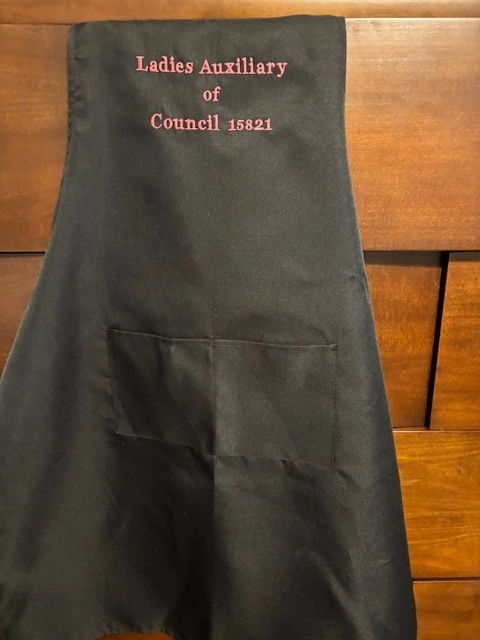The Art of Custom-made Needlework: Opening the Keys to Creating Special and Remarkable Layouts
Embroidery, a craft steeped in practice and virtuosity, holds within its intricate stitches the power to transform textile right into a canvas of one-of-a-kind expression. The secrets to creating customized needlework designs that mesmerize the eye and leave a long-term impact hinge on a delicate balance of method, creative thinking, and focus to information. As we explore the globe of custom embroidery, we uncover the nuanced interaction between thread option, sew intricacy, and layout personalization that elevates a mere garment to an artwork. Join us on a trip through the art of personalized needlework as we untangle the enigmas behind crafting genuinely extraordinary and unique creations.
Selecting the Right Embroidery Threads
When selecting needlework strings, what essential variables should you consider to guarantee the most effective outcomes for your personalized designs? The option of needlework string is critical in determining the final end result of your stitched layout. Among the key considerations is the material of the thread. Various materials such as cotton, polyester, rayon, and silk offer varying degrees of luster, sturdiness, and appearance. It is important to select a thread material that matches the fabric you are stitching on and lines up with the wanted appearance of the layout.
Thicker threads can include dimension and texture to your design, while finer threads are optimal for elaborate details and tiny text. Additionally, thinking about the color fastness and washability of the string is important to guarantee that your personalized designs preserve their quality and vibrancy over time.
Checking Out Different Stitch Techniques
To delve right into the realm of 'Checking out Different Stitch Techniques', one should comprehend the complexities and subtleties that each stitching approach offers the art of embroidery. Various stitch techniques not just add visual interest but additionally add to the total texture and measurement of the style. One popular stitch method is the satin stitch, which entails closely packed parallel stitches to develop a smooth and shiny surface, perfect for filling up in shapes and developing bold details.
On the other hand, the backstitch is a flexible strategy commonly utilized for outlining and adding great information. It involves sewing in reverse to create a solid line of embroidery. Furthermore, the French knot stitch includes a responsive element to layouts, perfect for producing distinctive accents like blossom centers or ornamental touches.
Discovering various stitch techniques allows embroiderers to have fun with light, darkness, and deepness within their layouts, boosting the visual appeal and artistic high quality of their embroidery jobs. By grasping numerous sewing approaches, one can open endless possibilities for creating one-of-a-kind and memorable custom-made you could look here needlework items.
Incorporating Personalized Style Aspects
Having actually explored the ins and outs of different stitch methods such as the satin stitch, backstitch, and French knot, the emphasis now moves in the direction of including customized design elements in custom embroidery tasks. Customized design elements play a vital duty in making needlework jobs really special and unforgettable. One method to incorporate customization is by including initials, names, or considerable days to the style. This not only adds a personalized touch yet additionally improves the nostalgic worth of the embroidery item.
One more way to incorporate tailored style elements is by consisting of symbols or themes that hold special meaning to the recipient or mirror their interests and character. Including a preferred flower, animal, or hobby-related icon can make the embroidery layout a lot more meaningful and tailored. In addition, choosing shades that resonate with the recipient or align with the intended motif can even more improve the personalization of the needlework project.
Understanding the Art of Color Control

One key element of shade sychronisation is understanding color concept. great post to read This consists of understanding how different shades interact with each various other, the feelings they convey, and just how they can be incorporated to create visually enticing designs. By using shade concept principles, embroiderers can develop unified color combinations that boost the overall appearance of the design.
Furthermore, focusing on comparison is important in shade sychronisation. Using contrasting shades can help specific elements of the layout pop, boost legibility, and produce an aesthetically vibrant embroidery piece. By grasping the art of shade sychronisation, embroiderers can boost their designs and produce remarkable items that resonate with customers and viewers alike.
Enhancing Structure With Advanced Needlework Stitches

Bullion knots, on the other hand, can be made use of to develop twisted, ropelike elements that add a glamorous feel to the embroidery. Experimenting with these advanced needlework stitches allows you to push the limits of standard embroidery and create truly one-of-a-kind and visually enticing structures in your styles.
Conclusion
In verdict, the art of personalized needlework involves a mix of picking the best threads, discovering different stitch techniques, incorporating individualized style elements, understanding color coordination, and boosting structure with sophisticated stitches. By recognizing and carrying out these crucial elements, embroiderers can develop distinct and unforgettable visit their website styles that showcase their creative thinking and skill. Needlework lovers can open the keys to developing lovely and custom pieces that attract attention and leave an enduring impression.
Comments on “Trendy Backpack Embroidery for Personalized and One-of-a-kind Layouts”